American and Japanese Hot Rodding Meet in Mooneyes Documentary
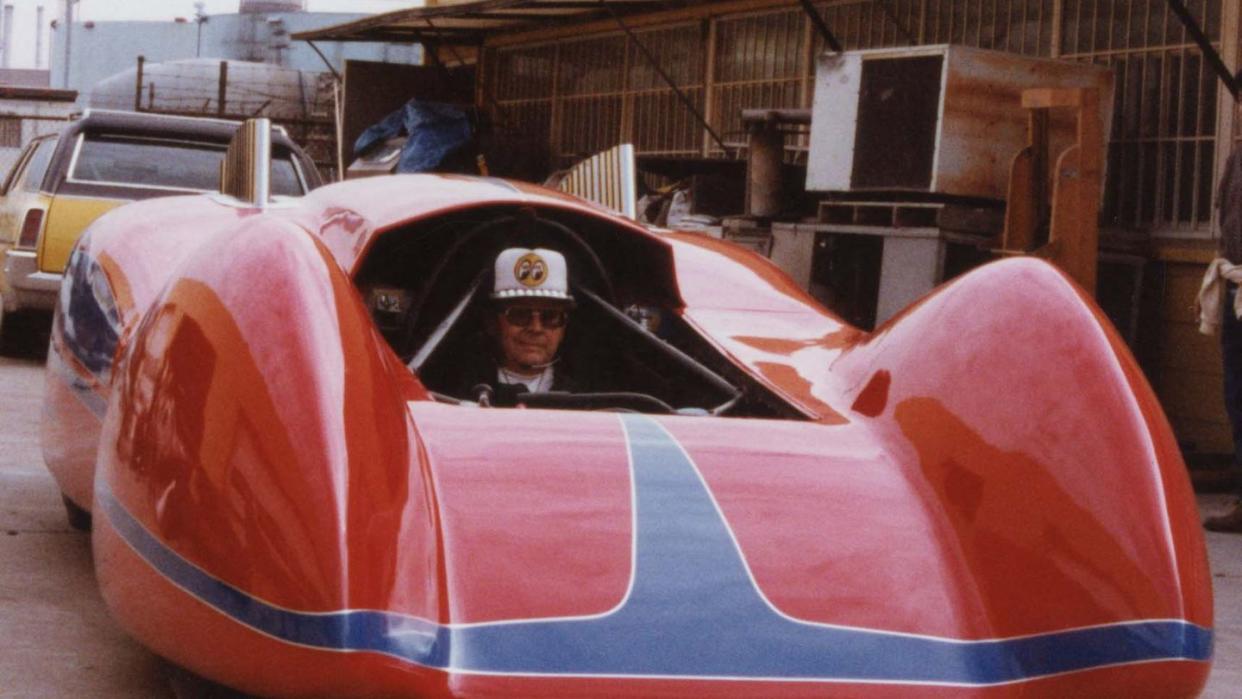
Its big eyes goggle at you from hats and T-shirts, from the back glass on station wagons and the inside of toolboxes. The Mooneyes logo has graced the side of land speed streamliners, nitro funny cars, and even an AMG GT3 endurance car. It's probably just below the Hooker Headers heart in recognizable American automotive branding, but how many people know the story of Moon Equipment Company's creation, or even more interesting, of its rescue and regeneration as Mooneyes after the death of its founder, Dean Moon?
Not many, we'd guess, which is why we were so happy to get a preview of the forthcoming documentary Craft of Speed, which follows the brand from its inception in the early 1950s to its current iteration.
Dean Moon was a Southern California hot rodder in the 1940s. He worked in his father's café out in Norwalk, and souped-up a '34 Ford behind the restaurant. This was a time of great innovation for aftermarket components, when a clever fabricator could make a name on a single hop-up part, be that head, cam, intake, or fuel block. The fuel block is where Moon began, with a machined billet piece he designed in high-school shop class. A fuel block works to equalize pressure on a multi-carb setup, like many of the hot-rodded flatheads and four-bangers were using at the time. Moon quickly realized he needed to cast the blocks if he wanted to make any number of them, and his success with that led to additional product designs, from engine kits to the spun aluminum wheel covers known now as "moon caps."
By 1954, Moon Equipment Co. was a recognizable name among dry lakes racers and car customizers. In 1957, Moon bought a small shop in Santa Fe Springs and hired an artist from Disney to design his eye-catching (ha) logo. Craft of Speed showcases some of Moon's famous cars, but also establishes the site of Mooneyes as a hub of performance development. The first Cobra Carroll Shelby ever shoved a V-8 in was in the back garage of Moon Equipment.
If the Mooneyes story ended with Dean Moon's death in 1987, it would still be an important part of automotive history, but what makes it stand out from other stories of early hot-rodding is what happened next.
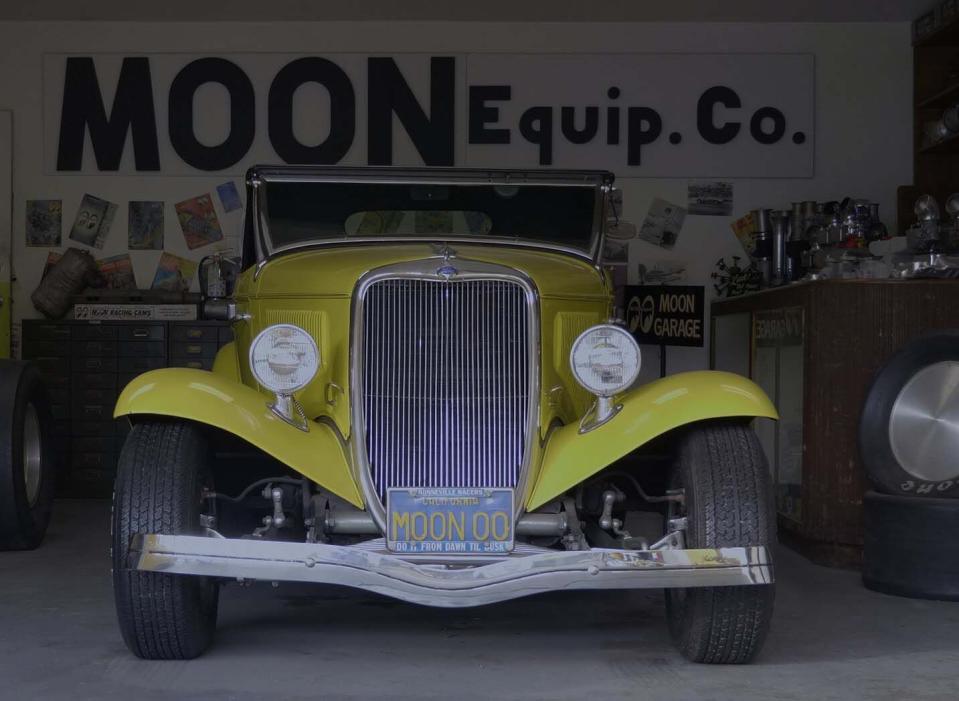
Moon's World Travels
One of the more interesting details in the documentary is that Dean Moon knew that hot-rodding had international appeal. Moon was one of the first American drag racers to ship a car over to England, where he ran speed trials. He also worked with Nissan in the 1960s on its Japanese Grand Prix R381, thus cementing an affection for the Moon mooneyes in generations of Japanese car enthusiasts. This comes into play later in the film, as a Japanese hot rodder named Shige Suganuma begins selling speed parts in Yokohama, working with Moon, and a college pal, Chico Kodama (a Japanese-American hot rodder Suganuma met while in the states for school) to stock his shelves with American offerings. When Moon died in 1987, it made sense to Suganuma that he and Kodama buy the business and continue the legacy. Which brings us to about halfway in the story.
"The hard part about this film was that it's an expansive story," says Craft of Speed director Ming Lai. "It's 30 years of Dean Moon's history. And then it's 30 years of Shige and Chico's taking over that important legacy. And if you wrap it together, it's really the history of hot rodding from then until now and what it's becoming now. It was a huge challenge to try to capture all this. The film is a little bit longer because of it, but I didn't want to shortchange history."
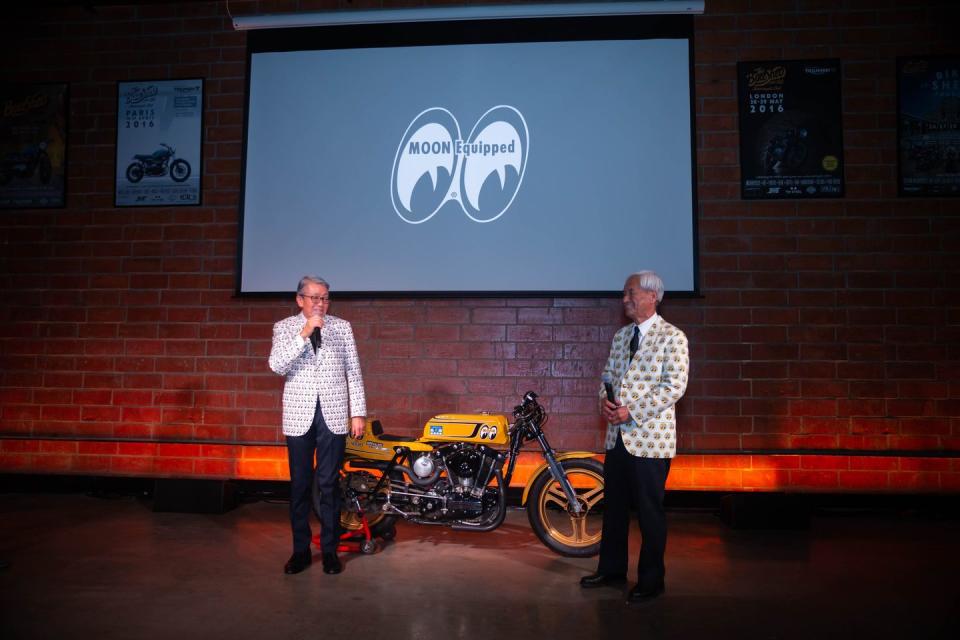
Lai's own interest in the Mooneyes story has two parts as well. He has a family connection to hot rodding, so he was aware of the company's importance in the car community, and he was intrigued to learn, as an Asian-American, that this famous American brand was owned by fellow Asian-American car fanatics. The documentary doesn't delve deep into Kodama and Suganuma's experiences with racism, but neither does it gloss over them. More encouragingly, it looks at how diverse Mooneyes clientele has become, and how the shared love of cars and googly-eyed stickers can connect hot rodders all over the planet.
As if all that wasn't enough to fill out a film reel, Craft of Speed also follows Chico Kodama's recent land speed attempts at the Bonneville Salt Flats. This storyline alone could be a stand-alone movie, with technical and emotional challenges galore. We won't spoil it for you, but the audience did cheer at the end.
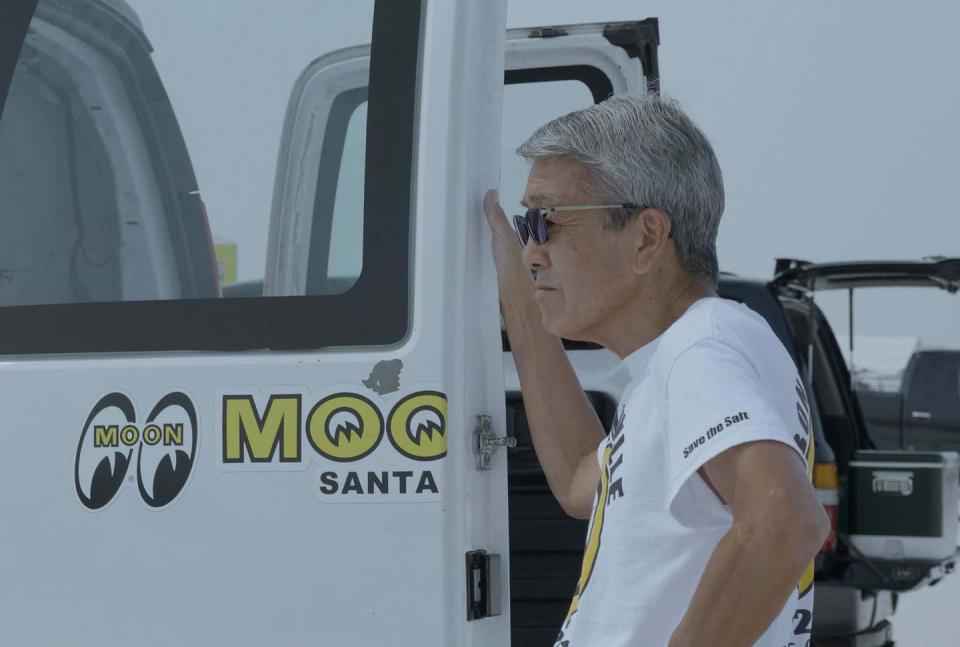
Lai says the idea for Craft of Speed came to him after he realized that he and Kodama attended the same Buddhist temple in Newport Beach. "After an event, someone introduced me to him, saying, 'Oh, this guy's into hot rods,' which feels like a total understatement when you're talking about the president of Mooneyes." Lai and Kodama became friends, but every time Lai suggested working together, Kodama politely declined. It wasn't until he started his land speed car that Lai convinced him it was worth documenting a little of the shop history. "I said, 'We need to document the build of your car.' I think that might have been irresistible for a person who builds cars. That became the frame story. But it was really the story of Mooneyes in its entirety."
Lai spent four years filming Kodama and Suganuma and their friends and family at the shop, overseas, and at the Bonneville Salt Flats. The end result is both the automotive history of the brand and a close look at the lifelong friendship between Suganuma and Kodama. Much of the film features their voices off camera over images of cars and events. "They are both humble people," says Lai. "Often I'd stop filming and then they'd tell the best stories, so I started just recording those, 'talk stories,' as they say in Hawaii. Just capturing these rich voices talking about their regrets from the past, their hopes and fears for the future. There's a great Cambodian filmmaker, Rithy Panh, and he says he doesn't make films about people, he makes films with people. So I took that to heart."
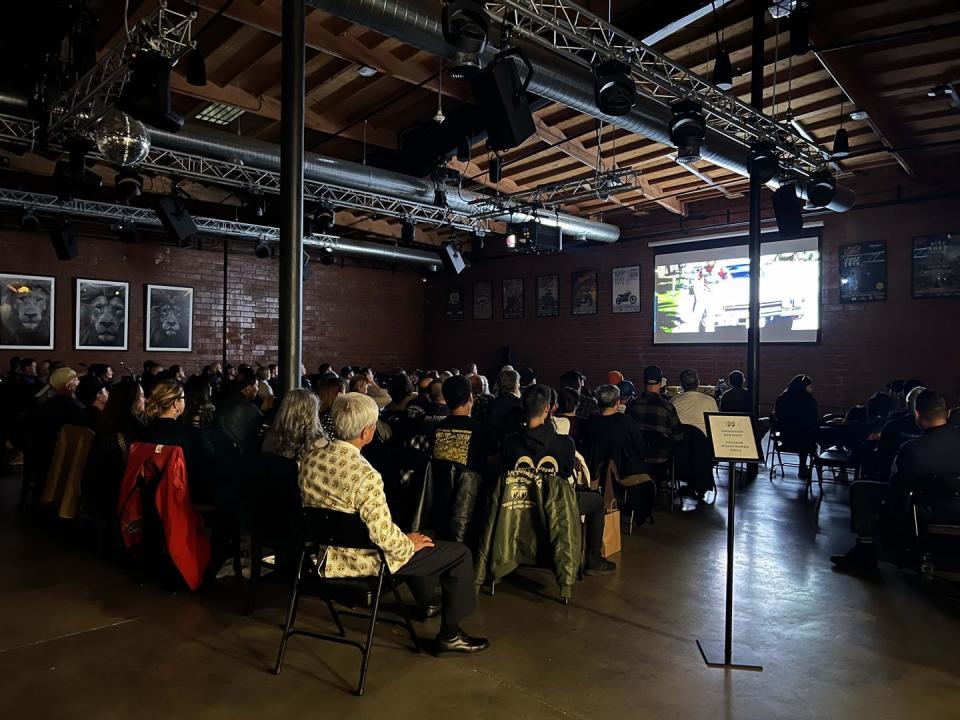
Seeing the Film
Craft of Speed is still in the process of finding distribution, so at the moment viewers will have to be content with a "making of" video and a trailer, but hopefully it will make its way to streaming services sometime in 2024. It's too good a history to go unshared.
You Might Also Like

 Yahoo News
Yahoo News 
